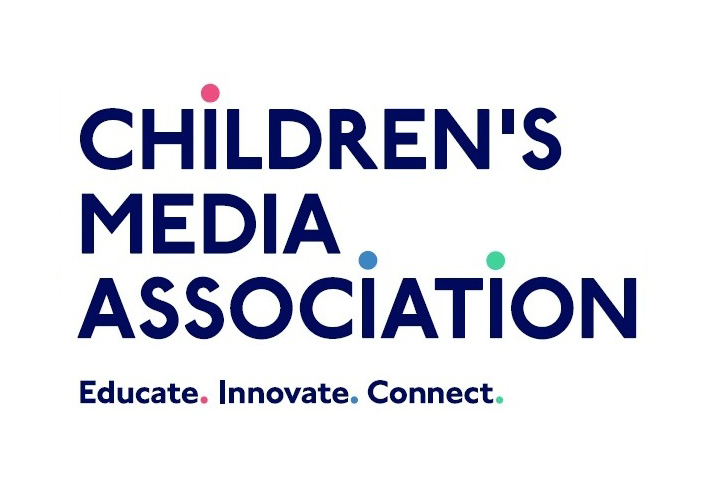
On October 23rd CMA along with the National Association for Media Literacy Education (NAMLE) and Fordham’s Communications and Media Studies department gathered at Fordham University to discuss current issues in the ever-evolving world of Kidfluencers and how they are changing the game. Speakers included Greg Alkalay, Co-founder and CEO of batteryPOP; Sherri Hope Culver, Associate Professor at Temple University and Director of the Center for Media and Information Literacy; Lewis Freeman, PhD and Senior Lecturer at Fordham University’s Department of Communications and Media Studies; Melissa Hunter, of Mommy’s World and founder of Family Video Network; and Michelle Ciulla Lipkin, Executive Director of NAMLE.
As people filled the venue, attendees enjoyed catered sandwiches, wraps and dips, and excitement and chatter were all around the room. The talk began with panelists sharing personal anecdotes and describing how they entered children’s media. For example, it was Greg’s childhood obsession with Nickelodeon’s You Can’t Do That On TV that led him to create content for young audiences, though he later decided to turn away from TV and focus on the world of online content where it’s “kids talking to kids.” For Melissa Hunter of Mommy’s World, it was her nightly YouTube viewing with her child that influenced her to create her parent and child YouTube channel, which has now evolved into the Family Video Network.
Sherri dove into the conversation by sharing a study that shows that YouTube is number one among kids 6-11, proving the impact and presence of kidfluencers on kids’ media habits and lives. With this in mind, the talk shifted to protections for young audiences, and the role of parents and government policies in these protections. Sherri informed the room of current policies that are in place to protect kids like COPA (Children’s Online Protection Act) and CARU (The Children’s Advertising Review Unit).
Though these policies and programs are in place, the panelists agree there are still many concerns for young audiences. Michelle shared concern about misinformation and fake news that kids are seeing through sponsored content, advertisements, etc. The group wondered if a three year old can even understand what an advertisement is and how that informs how they absorb advertising content. As is often the case the CMA audience members made significant contributions to the conversation. One audience member who shared her perspective was Dr. Nava R. Silton, Associate Professor of Psychology at Marymount Manhattan College. She described the Theory of Mind (the ability to understand that others have perspectives that are different from one’s own), offering the example of a toddler who doesn’t yet have a grasp of Theory of Mind and stands in front of the television with no notion of blocking the view of those behind him. With this in mind, she pointed out that a child under the age of 8 may not be able to understand an ad from the perspective of the company who made it, so they couldn’t be aware that the company is trying to convince them to buy something.
Sherri described another concern surrounding the “unboxing” and “blind bag” phenomena. She fears they are a reflection that consumerism is a deeper part of childhood than it used to be, and that these types of videos and the kidfluencers that are part of them are deepening that problem further.
The conversation turned to the other side of the screen, with panelists discussing their thoughts and concerns around the well-being of kidfluencers themselves. The panelists felt that more studies are needed to understand the long-term effects of being a kidfluencer, and how they can be protected. One issue they may face, as Melissa raised, is that it could be difficult for them to go through puberty in front of the camera.
Overall, the group agreed that we need to aim for media literacy for all – on both sides of the screen!
